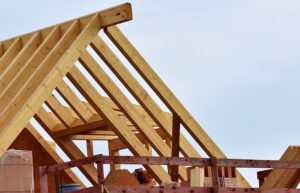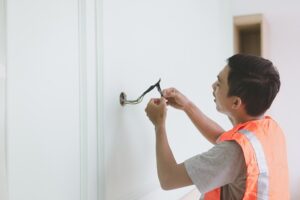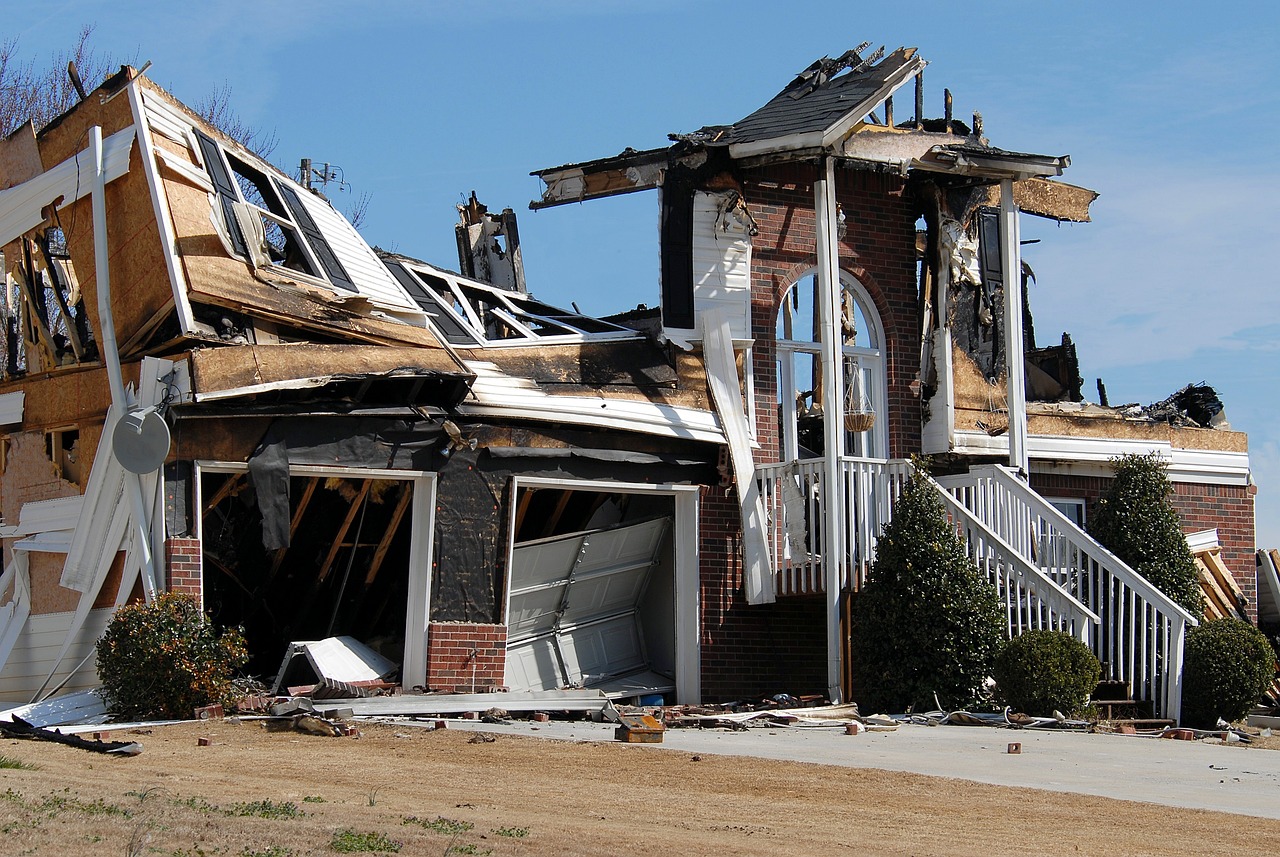While the thought of experiencing a fire in your own home can leave a deep trauma, what really matters now is to learn the valuable lesson: fire safety measures in your home matter. Though you’re going to sell your home as-is and move to a new one, like mentioned in “Selling A House With Fire Damage,” or restore your burned-down home, bringing it back to life, you need to be prepared and know how to prevent such disasters from occurring. That’s why today, we’ll be deep-diving into fire safety measures to prevent any house fire.
Choosing Fire-Resistant Building Supplies for Renovations
 Opting for materials that can withstand high temperatures and resist flames can make a significant difference in ensuring the safety of your household. In fact, it’s best to use fire-resistant insulation. Traditional forms of insulation, including fiberglass or cellulose, are highly flammable and can quickly spread a fire throughout a building. Instead, consider using mineral wool or foam-based insulations that have been specifically designed with fire resistance in mind. Another crucial area to focus on is exterior cladding. This includes materials used on the walls and roof of your home. Look for options like brick, stucco, metal panels, or cement board siding – all known for their ability to resist fires.
Opting for materials that can withstand high temperatures and resist flames can make a significant difference in ensuring the safety of your household. In fact, it’s best to use fire-resistant insulation. Traditional forms of insulation, including fiberglass or cellulose, are highly flammable and can quickly spread a fire throughout a building. Instead, consider using mineral wool or foam-based insulations that have been specifically designed with fire resistance in mind. Another crucial area to focus on is exterior cladding. This includes materials used on the walls and roof of your home. Look for options like brick, stucco, metal panels, or cement board siding – all known for their ability to resist fires.
Smoke Detectors and Fire Extinguishers
When it comes to fire safety measures, smoke detectors, and fire extinguishers are absolutely essential. These devices can help save lives by providing early detection of a fire and giving you the means to quickly extinguish it. Installing smoke detectors in every room of your home is crucial. They can easily detect the presence of smoke and alert you immediately, allowing for prompt action. Make sure to regularly check that they are functioning properly by testing them monthly and replacing their batteries at least once a year. In addition to smoke detectors, having fire extinguishers strategically placed throughout your home is vital. Place one near high-risk areas, such as the kitchen or garage, where fires are more likely to occur.
Escape Routes and Plans
Having a well-thought-out escape plan can 100% ensure the safety of yourself and your whole family members in the event of a house fire. When an emergency arises, every second counts. That’s why it’s important to have clear and easily accessible escape routes established in your home. Here is how. Start by identifying all possible exit points from each room. Next, create a designated meeting point outside the house where everyone can gather once they’ve safely escaped. Last but not least, educate everyone in your household about the escape routes and practice them regularly through fire drills.
Regular Maintenance and Checks
 Maintaining a safe environment in your home goes beyond just implementing fire safety measures; it also involves regular maintenance and checks. This is crucial to ensure that all fire safety equipment and systems are functioning properly at all times. Make it a habit to inspect your smoke detectors on a monthly basis. Test the batteries, clean the sensors, and ensure they are free from dust or debris that could hinder their performance. Replace any faulty or expired detectors promptly. Next, don’t overlook the importance of checking your fire extinguishers regularly. It’s also best to regularly check wiring conditions throughout your house for any signs of wear or fraying, as this can lead to electrical fires.
Maintaining a safe environment in your home goes beyond just implementing fire safety measures; it also involves regular maintenance and checks. This is crucial to ensure that all fire safety equipment and systems are functioning properly at all times. Make it a habit to inspect your smoke detectors on a monthly basis. Test the batteries, clean the sensors, and ensure they are free from dust or debris that could hinder their performance. Replace any faulty or expired detectors promptly. Next, don’t overlook the importance of checking your fire extinguishers regularly. It’s also best to regularly check wiring conditions throughout your house for any signs of wear or fraying, as this can lead to electrical fires.
In the aftermath of a devastating house fire, it is natural to feel overwhelmed and lost. However, amidst the chaos and despair, there are valuable lessons to be learned about fire safety measures. By taking proactive steps to protect your home and loved ones, you can minimize the risk of a future tragedy.




